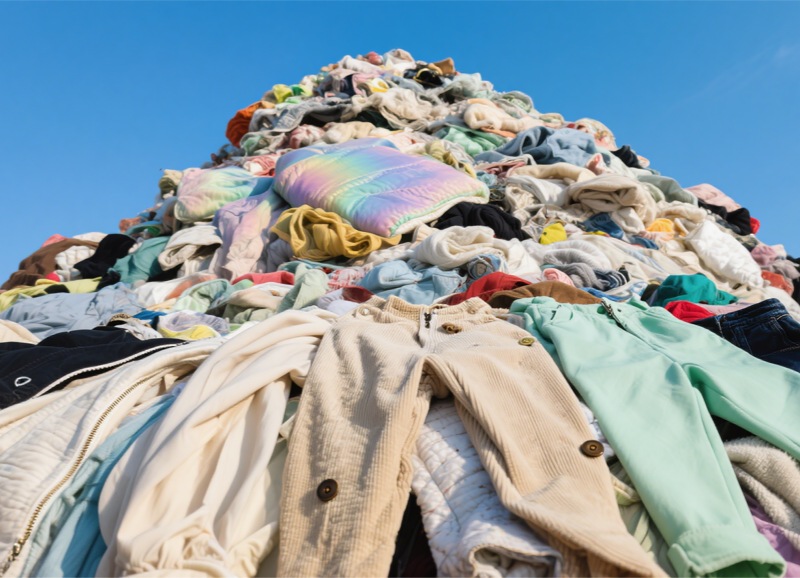Call Us :
+8613539043381
Email Us :
marketing@databeyond.com

On September 9th, the European Parliament finally approved new measures to prevent and reduce food and textile waste. As early as July 2023, the European Commission proposed revising EU waste rules, focusing on the issues of food and textile waste. According to official data, the EU generates approximately 60 million tonnes of food waste annually (132 kg per capita) and 12.6 million tonnes of textile waste. Among this, waste from clothing and footwear amounts to 5.2 million tonnes, equivalent to 12 kg per capita per year. It is estimated that less than 1% of textiles worldwide are recycled into new products.
1. Cutting Food Waste
The newly revised legislation will introduce binding food waste reduction targets, which all member states must meet by December 31, 2030: a 10% reduction in waste from the food processing and manufacturing industry, and a 30% reduction per capita in waste from retail, catering, food services, and households. These targets will be calculated based on the average annual food waste volume from 2021 to 2023. At the Parliament's request, EU countries are required to take measures to ensure that economic operators (as specifically identified by each country), which play a key role in food waste prevention and generation, facilitate the donation of safe and edible unsold food.
2. Producers to Bear Costs of Collection, Sorting, and Recycling of Waste Textiles
Producers selling textiles within the EU must bear the costs of collecting, sorting, and recycling their products through the new Extended Producer Responsibility (EPR) systems established by each member state. Member states must complete the establishment of EPR systems within 30 months of the directive entering into force. This regulation applies to all producers, including those using e-commerce tools, regardless of whether they are established within the EU (including non-EU enterprises). Micro-enterprises may be granted an additional year to comply with EPR requirements. The new rules cover products such as clothing and accessories, hats, footwear, blankets, bedding, kitchen textiles, and curtains. At the Parliament's proposal, member states may also establish EPR systems for mattress producers. When determining the financial contributions under the EPR systems, member states should pay attention to and address issues related to ultra-fast fashion and fast fashion.
3. Next Steps
The act has been announced adopted by the President at the plenary session in accordance with parliamentary rules (the Council of the European Union agreed to this position earlier this summer). Next, the act will be signed by the co-legislators and then published in the Official Journal of the European Union. EU countries must transpose the new rules into national legislation within 20 months of the act entering into force.
DATABEYOND has adopted the world-leading dual-phase fusion technology of AI and hyperspectral imaging. This technology not only can sort waste whole garments by material, color, and style but also can determine the proportion of different materials in blended fabrics and select the specified high-purity materials required by customers. DATABEYOND provides fully automated sorting of waste clothing from whole garments to shredded materials, continuously supplying raw materials for the chemical and biological recycling of waste textiles to clothing brands, and accelerating the realization of high-value "textile-to-textile" recycling in the waste textile industry.
More information about textile sorting solution please click: FASTSORT-TEXTILE
Leave A Message
Scan to Wechat :

Scan to WhatsApp :
